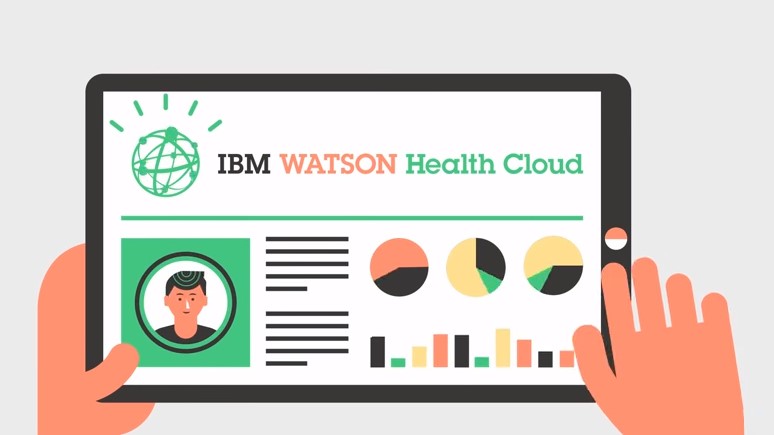Remote Patient monitoring tools and programs have the potential to manage and coordinate outside the doctor’s office.
Table of contents
Remote patient monitoring programs have the potential to reduce the overall healthcare cost and hospital readmissions. Basically, it focuses on the patient-generated data from home through mobile health platforms. Then it connects to the care providers team.
The data can be sent or gathered by the patient to the care providers without the patient’s participation. A care provider can keep track of the patient round the clock, gather data on health activity, diet, and exercise.
A care provider can use this program to get care management tips and health advice.
Benefits of Remote patient monitoring to patients:
Remote Patient monitoring is very beneficial for the patients as it provides personal freedom and independence. RPM also empowers the patients to take a more dedicated approach towards their health. RPM helps in earlier detection and provides a more convenient treatment that improves health without compromising the cost, time, or convenience.
Better Access to practitioners:
Remote monitoring has increased the number of physicians to treat more patients. By empowering patients to get connected digitally to their healthcare professional, patients can overcome one of the greatest challenges they face in accessing healthcare.
Remote patient monitoring also allows the patient to look for the doctor in any location.
Improved quality:
Remote Patient monitoring has also improved the quality of care. RPM has set up a system through which patients can engage in an improved way, thus becoming aware of their health.
Assurance:
It is as important as the patient’s comfort is. RPM gives the assurance that someone is watching over their health and well-being daily.
Education, Support, and Feedback:
There is a continuous connection between the patients and the caregivers. Remote Patient monitoring provides the patient with education, support, and feedback.
Early detection and improved outcomes:
Remote Patient monitoring can improve the outcomes by allowing continued monitoring.
This can be useful for diagnosis.
Enhanced autonomy:
Remote Patient monitoring allows the patient to take greater control over their own course of treatment.
Improve patient lifestyle:
Remote Patient monitoring can improve the lifestyle of patients. Ill people can spend more time in their homes rather than in hospitals.
A monitoring device can also inform patients about their health and update them when applying for an emergency.
Saves money:
With Remote Patient Monitoring’s help, the patient doesn’t need to go to the clinic, saving money. Besides, due to the fewer number of hospital visits, the medical hospital becomes less crowded. In this way, the hospital can admit the patient faster than needs emergency help.
Drawbacks of Remote Patient monitoring
RPM is not accessible to everyone:
Remote Patient Monitoring needs good broadband connectivity, which is hard to attain for small healthcare institutions and rural hospitals.
On the other hand, not everyone has a smartphone. Some people face problems using modern gadgets.
Doubtful reliability:
It is a severe problem, and it needs to be fixed before the devices and applications could be used by healthcare providers.
Remote Patient monitoring devices kit:
Glucometer:
It is fully compatible with all-in-one health monitors. It is designed for accurately measuring blood glucose levels.
Reusable self-applying blood pressure cuffs:
In this, each cuff measures the systolic and diastolic blood pressure. It takes 30 to 135 seconds to complete the blood pressure measurement.
Reusable temperature probe with cable:
Allows the patient to take his body temperature without manually entering the data into the all-in-one monitor. This will prevent data entry errors, and it keeps the patient records more accurately.
Conclusion:
Remote Patient Monitoring is of great guidance and support and helps the patients and healthcare professionals.
Remote Patient monitoring is not just available for the patients depending on their location and the remote access. Besides that, the doctor has to make an effort to engage with the patients and motivate them to use the Remote Patient Monitoring platform. Its main drawback is that the exact accuracy of this device is still unknown.
